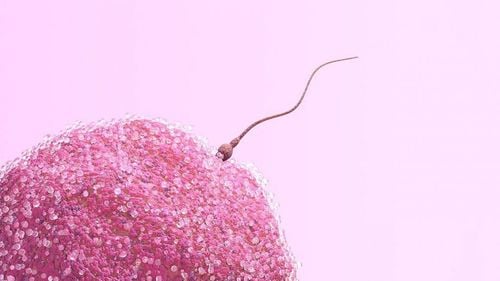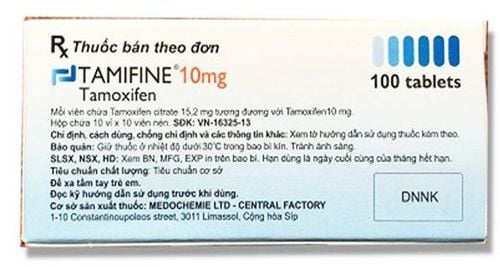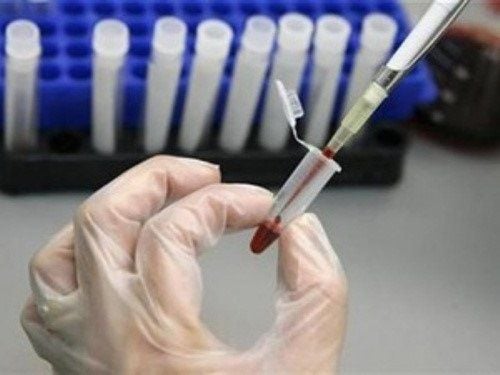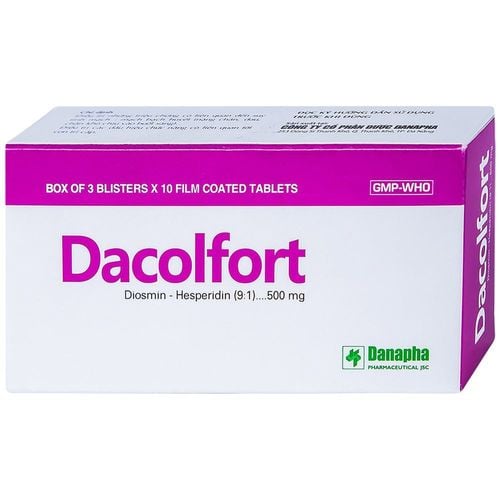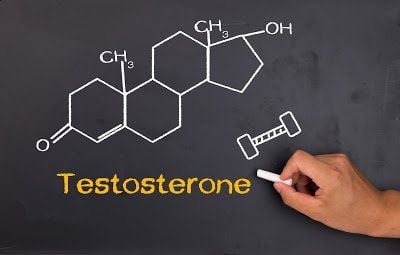This is an automatically translated article.
Varicocele is an abnormal dilation of the veins in the testicles. The disease is common in boys, especially during puberty. Varicose veins in children can affect reproductive function in adulthood.1. What is varicocele?
Scrotal varicocele is a disorder of the spermatic cord and the dilated internal spermatic cord. Research in the world shows that about 15-17% of men have varicose veins. Up to 90% of cases have varicocele on the left side and the remaining 10% have it on both sides. Varicose veins are more common on the left side than on the right side because the right varicocele drains into the right renal vein, while the left varicocele drains directly into the inferior vena cava. As a result, intraluminal pressures are higher in the left vas deferens and increase the risk of abnormal dilation.Varicocele is one of the causes of testicular dysfunction, seen in 40% of infertile men.
The pathogenesis is: the weakening of the venous valve system causes venous blood backflow from the vena cava system into the seminal venous system, dilating into a tuft of venous plexuses in the groin and scrotum. Thanks to the body's complex heat exchange mechanisms, blood flow to the testicles is maintained at 33°C. However, varicocele has disrupted this mechanism, causing blood stasis, increasing testicular temperature and affecting sperm production. In addition, it also disrupts hormone balance and oxygen exchange in the testicles, adversely affecting testicular development.
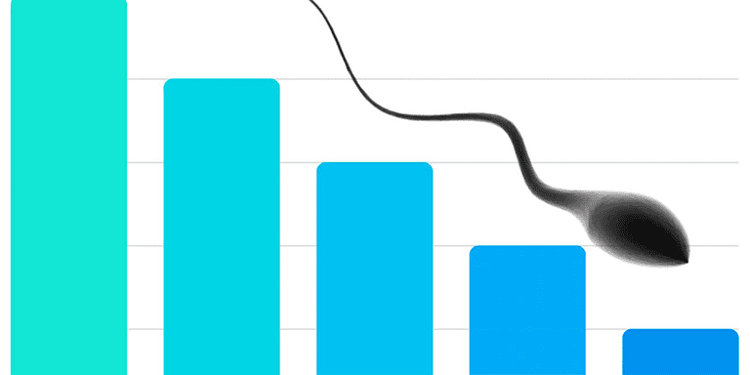
Giãn tĩnh mạch thừng tinh ảnh hưởng xấu tới chất lượng và số lượng tinh trùng
2. Varicocele in children is common at what age?
Varicose veins can occur in 14-20% of boys during puberty (equivalent to adults). Of these, about 20% can lead to problems with reproductive function. In the other age group, only about 1% of boys under 10 years of age have this condition.
Causes of varicocele are common in male children during puberty because this is the time when there is a strong development of both the body and the child's sexual organs. Rapidly growing testicles will increase blood flow to the testicles and increase blood pressure in the blood vessels, causing blood vessels to become tight and dilated. Increased blood vessel size to accommodate stagnant blood increases the risk of backflow of blood from the central vein back into the vas deferens, causing varicocele.

Giãn tĩnh mạch thừng tinh thường gặp ở trẻ trong độ tuổi dậy thì
3. Symptoms of varicocele in children
Usually, children with varicocele have no obvious symptoms and are not discovered until a testicular examination. Sometimes, parents or children themselves notice a zigzag mass above the testicle. This mass is evident when the child stands up and decreases if the child lies down. Sometimes, after vigorous exercise, hot weather or after having to stand for a long time, children have a feeling of heaviness in the scrotum. This sensation may worsen to a dull ache in the affected testicle.
Degrees of varicocele in children:
Grade 0: no symptoms, no visible varicocele and disease detected only through ultrasound, angiography or other diagnostic means. Grade 1: presence of varicose veins or heaviness in the scrotum with strenuous activity or palpable varicose veins during the Valsalva maneuver (stress test). Grade 2: The dilated bunion can be palpable in an upright position but is not visible. Grade 3: varicose veins can be seen with the naked eye when the patient is in an upright position. Grade 4: easily seen varicose veins under the skin of the scrotum, whether the patient is standing or lying down.

Người bệnh giãn tĩnh mạch thừng tinh bị đau, tức nhẹ vùng bìu
4. Methods of treatment of varicocele in children
There are many treatments for varicocele in children. The general goal is to ligate the dilated varicocele. Three commonly used methods are: laparoscopic surgery, extraperitoneal vasectomy and microsurgical inguinal vein ligation. All 3 methods are minimally invasive surgery, the complication rate is very low. The operation time is only about 1 hour and the patient can be discharged the same day after surgery.
Parents need to strictly follow the doctor's treatment regimen for varicocele and monitor the child's progress at home. Parents should give children regular check-ups to prevent possible dangerous complications.
Please dial HOTLINE for more information or register for an appointment HERE. Download MyVinmec app to make appointments faster and to manage your bookings easily.




